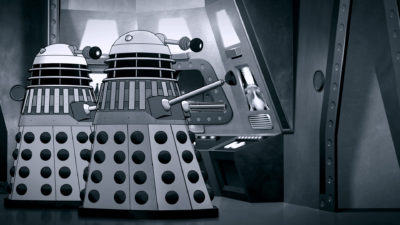
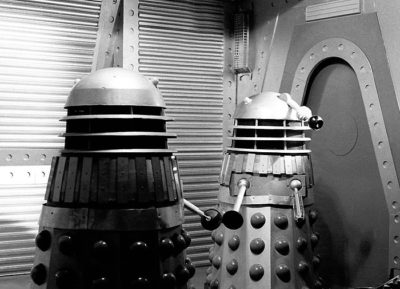
Doctor Who: Power of the Daleks marked the shift from the cranky grandpa Doctor of William Hartnell to the recorder playing, slightly sillier Patrick Troughton Doctor. Sillier but not less intelligent and resourceful, this was a Doctor who talked to himself and used playing his recorder to help him think.
Power of the Daleks is considered to be one of the classic serials of the original series – one which showed the Daleks at their sneakiest and most dangerous. It’s also one of the serials lost in an ill-advised erasure of tapes by the BBC.
Now it’s been reconstructed from an audio tape recorded by a fan, along with some remaining clips and set photos and animated – in glorious black and white – and it’s good fun.
Power of the Daleks opens with the regeneration of William Hartnell’s crotchety grandpa Doctor into the Patrick Troughton Doctor who seems a bit dazed and confused – enough so that Ben (Michael Craze) doesn’t believe he’s actually The Doctor, though Polly (Anneke Wills) insists he must be since no one else has entered or left the TARDIS.
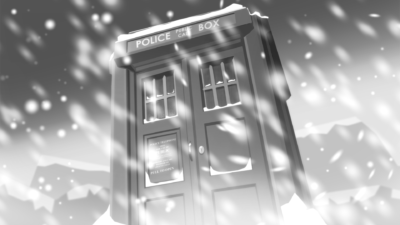
The Doctor and his companions Ben and Polly land on Vulcan (seriously, not that Vulcan), where The Doctor finds the body of an Earth Examiner and takes his ID badge before being knocked out by… someone.
In the Earth colony, he and the others learn that a scientist named Lesterson (Robert James) has found and is studying an alien space capsule – that contains Daleks. They see two, but evidence suggests there were three. Despite The Doctor’s insistence that the Daleks are dangerous and must be destroyed, the governor, Hensell (Peter Bathurst) allows Lesterson and his assistant Janley (Pamela Ann Davey) to carry on.
Daleks aren’t the only threat to the colony either – there are rebels who want to depose Hensell. Again, there are warnings – here from Deputy Governor Quinn (Nicholas Hawtry) – that are ignored.
Power of the Daleks is a great exploration of the Daleks’ intelligence and sneakiness – by pretending to serve the humans of the colony, they gain access to materials that enable them to create more Daleks. By letting the two factions of humans interfere with each other, they get themselves into a position where they can strike when the humans are at their weakest.
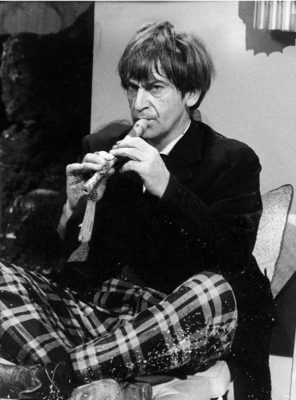
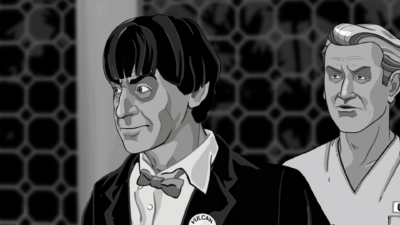
We also see how limited the early Daleks were before they faced opponents who made them evolve. They are powered by static electricity and, until they can put a permanent power system in place, they have to rely on a limited power source controlled by Lesterson. In spite of that, they are still a force to be reckoned with – as both governor and rebels alike find out.
Written by David Whitaker (who also contributed classic series Evil of the Daleks and The Enemy of the World), Power of the Daleks is, for its time an inventive and smart entry in the original series. It paved the way for succeeding regenerations – complete with showing new Doctors exhibit peculiarities while adjusting to their new forms.
As well, it showed that even three Daleks was three too many – to the dismay of several key characters.
It may be slowly paced compared to today’s version, but for TV in the mid-sixties, it was ahead of its time in concept and execution; willingness to allow that the audience might just be capable of enjoying intelligent plotting (despite some a few less than wonderful lines of dialogue), and even being able to accept someone else in the role of its lead character.
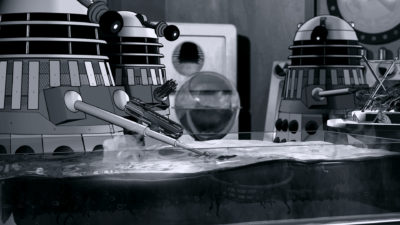
As mentioned above, the animation of the serial is in glorious black and white, and the infinite tones available to greyscale provide a look that is never mundane. The animation itself is pretty basic – think Hanna-Barbera Saturday morning cartoons – but it is completely appropriate for a serial from the ‘60s.
It’s even kind of charming.
The character animation is hand drawn, but the sets look like they might be very clever CG constructs and they are an excellent match to photos from the serial.
Sure there are flaws, but they’re the flaws a show shot on a budget that would make early Trek look expensive and in an amount of time that almost guaranteed flawlessness to be impossible.
The end result is a lot of fun – whether you’re a Whovian or not.
Final Grade: B+
Art and Photos courtesy of BBC America